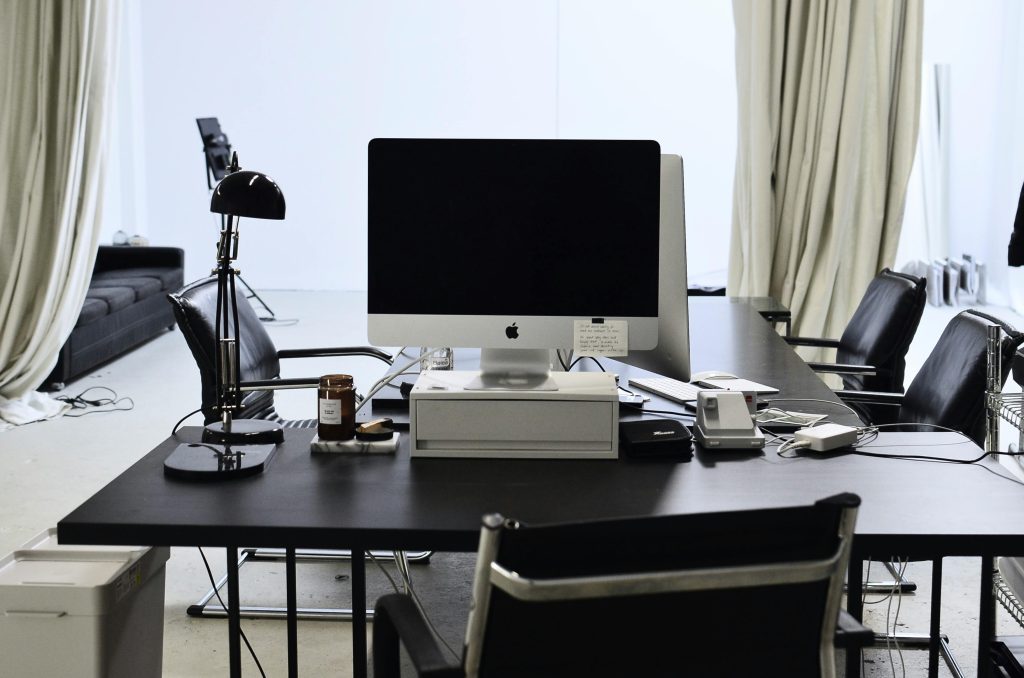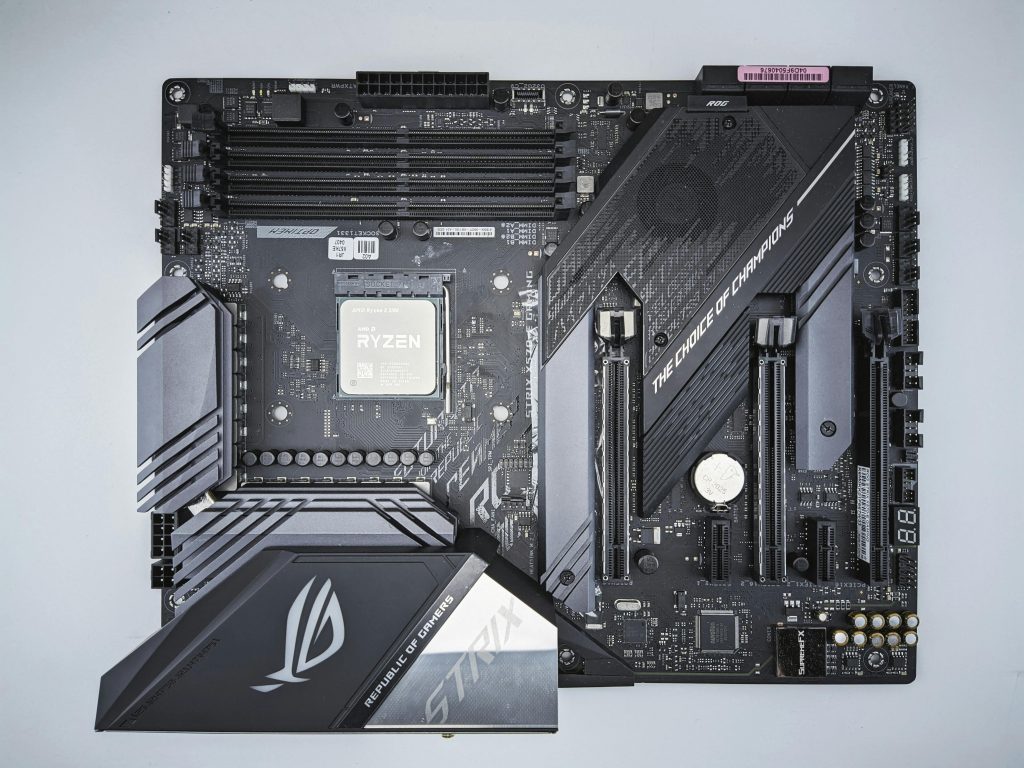Dealing with Perfume Damage to Your Laptop: A Practical Guide
Spills and accidents can happen unexpectedly, and when it comes to electronic devices, liquids often spell trouble. Recently, I encountered a situation where perfume was accidentally spilled on my HP Pavilion Laptop 15-eg2xxx, leading to unexpected damage that I only discovered two days later. In this article, I aim to share my experience, insights on assessing the damage, and practical advice for those facing similar issues.
Recognizing the Damage
Upon opening my laptop after noticing the issue, I was met with a troubling sight: visible stains and damage caused by the perfume spill. Despite the apparent mess, I was relieved to find that most functions, including the touchscreen, remained operational. This raised the question: what are the next steps to ensure my device’s longevity?
Assessing the Situation
Based on initial research and visual inspection, it appears that the LCD display may have sustained damage from the liquid exposure. Common symptoms of such damage often include discoloration, flickering, or cracks on the screen. However, it’s also important to distinguish between superficial stains and actual internal damage that requires professional repair.
Steps to Take When Your Laptop Is Liquor-Soaked
-
Power Off Immediately:
As soon as you notice a spill, turn off your device and disconnect it from power sources to prevent further electrical damage. -
Dry and Clean the Surface:
Gently wipe off any excess liquid from the exterior with a soft, absorbent cloth. Do not attempt to turn on or use the device until it is thoroughly dried. -
Avoid Using the Device:
Running your laptop while it’s wet can cause short circuits or further internal damage. Allow ample time for drying in a well-ventilated, dry environment. -
Assess the Damage Visually:
Remove the bottom cover if confident and safe to do so (or seek professional help). Inspect for visible signs of liquid ingress or corrosion.
To Repair or Not to Repair Yourself?
Given the complexity of modern laptops, attempting a DIY repair—such as replacing the LCD—comes with risks, especially for those unfamiliar with delicate electronics.
Is DIY Repair Safe?
Performing repairs yourself can be feasible if you possess technical skills and proper tools. However, in regions with limited access to reliable repair shops, you might consider attempting it cautiously, following detailed guides. Remember, improper handling could cause further damage.
Share this content:



